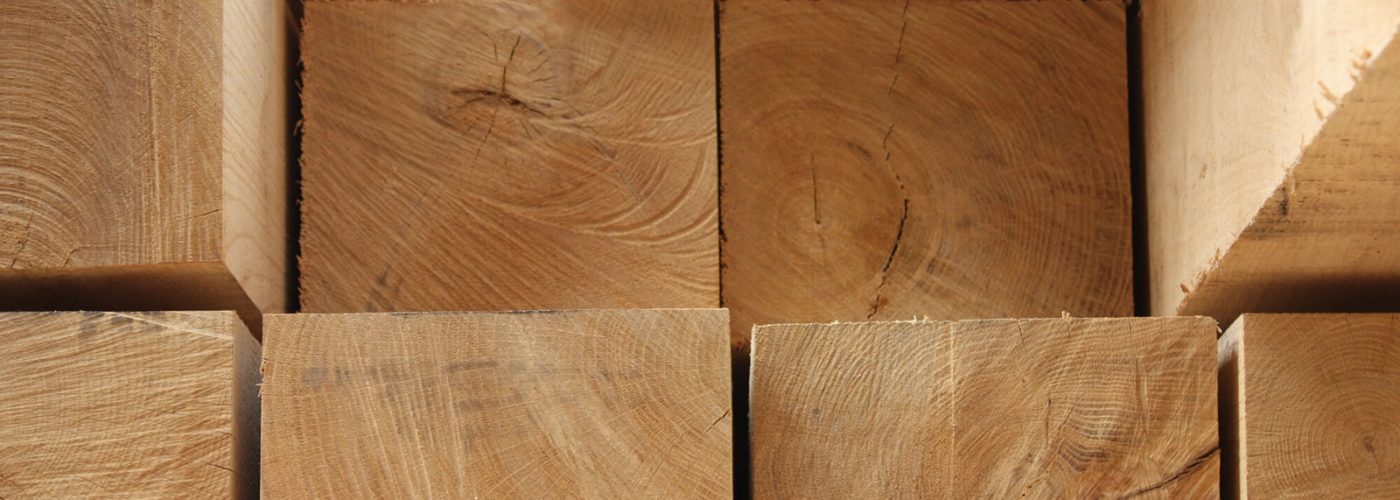Embracing eco-friendliness in construction not only benefits our environment but also promotes longevity and resilience in building design. Sustainable oak timber is emerging as a key material in green construction, offering both environmental and aesthetic advantages. By integrating this renewable resource, architects and builders can create structures that are not only robust and beautiful but also eco-conscious. In this article, we’ll explore the remarkable qualities of sustainable oak timber and its contribution to a greener future. Keep reading to discover how oak wood can revolutionize sustainable construction practices.
The Role of Sustainable Oak Timber in Eco-Friendly Construction
Oak timber remains a timeless favorite in construction for its strength, longevity, and natural charm. As sustainability takes center stage in modern buildings, responsibly sourced oak has become a top eco-friendly option. Companies like H&H Forestry emphasize sustainable harvesting, ensuring each tree cut is replaced and forest biodiversity is preserved, helping combat deforestation and carbon buildup.
Beyond its aesthetic and structural appeal, sustainable oak timber supports the circular economy. Its durability reduces replacement needs and waste, while its recyclability at the end of its lifespan extends its usefulness. With new precision milling and resource-efficient methods, builders now maximize every piece of oak, reinforcing both environmental responsibility and modern construction standards.
Benefits of Choosing Oak Timber for Long-Term Sustainability
Oak timber in construction offers long-term environmental benefits, including natural insulating properties that maintain stable internal temperatures, reducing the need for artificial heating and cooling. Its dense grain and resistance to disease and pests make it ideal for long-lasting construction, resulting in less frequent repairs and maintenance.
Oak’s aesthetic appeal increases property values and reduces the need for renovations. Investing in oak timber aligns with market trends and consumer preferences, fostering goodwill and responsible stewardship. This sustainability story resonates with homeowners and commercial property investors who are increasingly conscious of their environmental impact.
The Lifecycle of Sustainable Oak: From Seedling to Structure
Sustainable oak is a model of environmental stewardship, starting with the selection and planting of saplings in well-managed forests. Over decades, these young trees grow into mighty oaks, providing habitats for wildlife and cleansing the air. Sustainable forest management practices dictate selective harvesting without harming the forest’s natural balance. The felled timber is processed, seasoned, and prepared for construction, minimizing environmental impact.
Once processed, oak timber contributes to new buildings or renovations, utilizing techniques that maximize the wood’s potential, reducing waste and enhancing efficiency and longevity. After a lifetime of structural use, oak timber can enter a new lifecycle phase—recycling, reclaimed, and repurposed for new construction projects or furniture making, prolonging its utility and recognizing its contribution to sustainability.
Innovative Building Techniques with Oak Timber for Energy Efficiency
Advancements in building techniques have made oak timber more efficient in construction, reducing reliance on artificial supports and optimizing natural light and insulation. Cross-laminated timber (CLT) and other engineered wood products have revolutionized the industry, making them strong, versatile, and more efficient than traditional materials.
Passive design principles, such as using thick oak walls for thermal mass, help regulate interior temperatures without excessive energy input. Oak timber also supports other energy-efficient systems like solar panels and green roofs, creating buildings that blend tradition and modernity in sustainable living. The wood supports these technologies both structurally and aesthetically, creating a harmonious blend of tradition and modernity.
Certifications and Standards for Sourcing Sustainable Oak Timber
Oak timber’s sustainability relies on its sources being verified. Certifications and standards, such as the Forest Stewardship Council (FSC) and the Program for the Endorsement of Forest Certification (PEFC), ensure responsible harvesting of the wood. FSC certification guarantees that the wood comes from environmentally appropriate, socially beneficial, and economically viable forests. PEFC focuses on sustainable global forest management.
Adherence to these standards is not only environmentally responsible but also a business imperative. Builders and suppliers sourcing from certified forests can leverage this commitment to build trust with eco-conscious consumers. Companies like H&H Forestry contribute to sustainability efforts by providing expert forestry services focused on environmental stewardship and responsible timber sourcing.
Overall, the use of sustainable oak timber in construction represents a powerful combination of tradition and innovation in the pursuit of a more eco-friendly future. This timeless material not only brings a touch of natural beauty to our built environment, but it also embodies the resilience and sustainability we seek in modern constructions. The benefits of oak timber stretch far beyond the immediate, offering environmental advantages, structural integrity, and energy efficiency for generations to come.





